Golden food – trend or taste
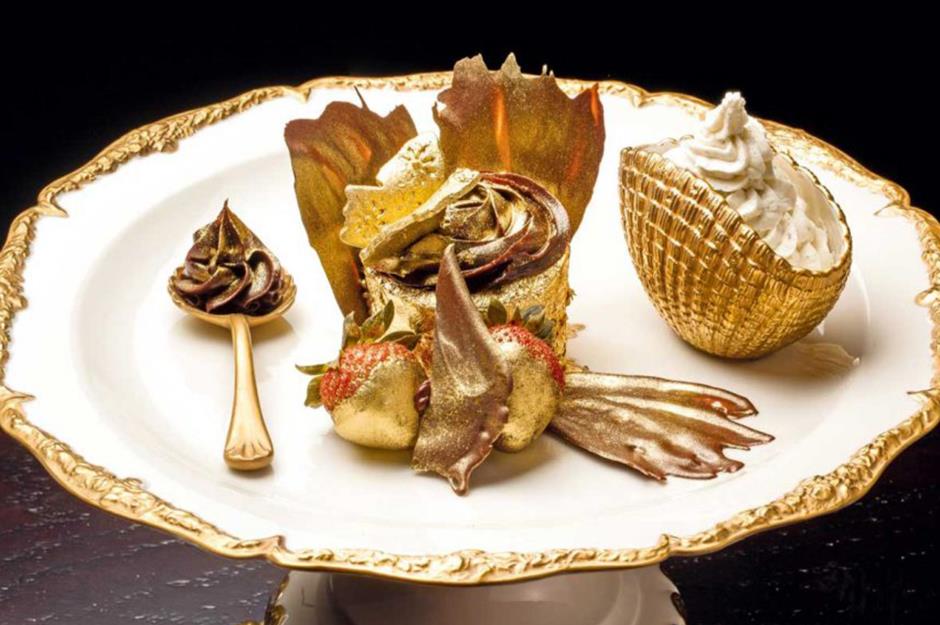
Gold is mainly associated with jewelry, earrings or wedding rings. However, this metal has become a permanent fixture in the kitchen, serving as an exquisite and luxurious decoration for dishes and desserts.
Golden food – trend or taste – this issue will be considered by experts, or each of us who can try this supplement on our own. The addition of this metal certainly raises every dish to an exclusive level, but is it really something to admire? Golden food only pleases the eye or does it also please the palate?
Golden food – trend or taste
When thinking about introducing gold into dishes, as an ingredient of desserts or dishes, it is difficult to move away from thinking about the human need for beauty and luxury. For centuries, we have eaten on beautiful, intricate gold, silver or porcelain plates, and we eat our meals with metal cutlery.
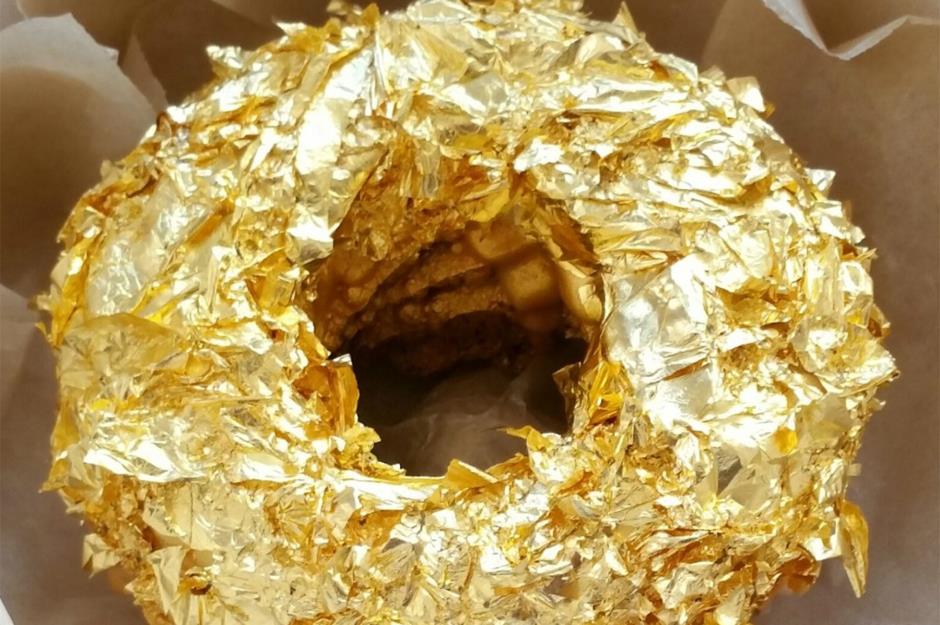
Gold food – a trend or taste, currently a trend, because gold is said to have no great taste, it is visually stunning. When looking for the reasons for the appearance of metal on the plate, you can find several reasons attraction to this luxury.
- Prestige and luxury, association with wealth
- Aesthetics and visual effect, beauty and aesthetics of the dish
- Tradition and history
- Marketing and PR, gold in food attracts customers
- Standing out from the competition
- Health properties
Gold in the kitchen: luxury or exotic?
When food became not only an everyday need, but also an art and a way of expressing one’s social status, the kitchen began to use the most exclusive ingredients. One of them dominates – gold.
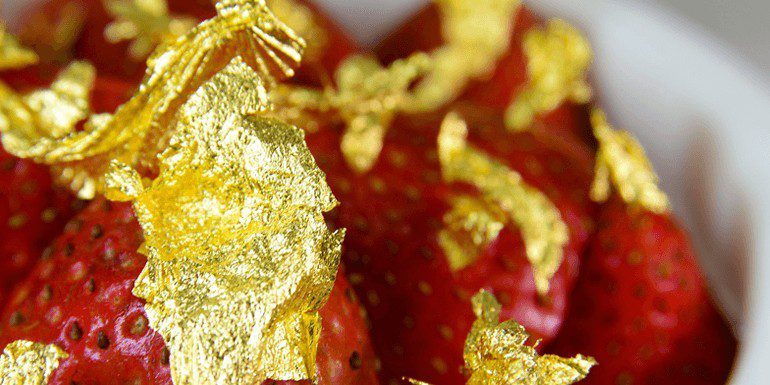
Although for many it is an exotic novelty, the history of its use in cooking goes back centuries.
Tradition in a modern version
The first traces of the use of gold in cooking date back to the 16th century, when a liqueur with gold flakes, known as Goldwasser, was produced in Gdańsk. This drink became a symbol of luxury and prestige, decorating the tables of kings and magnates.
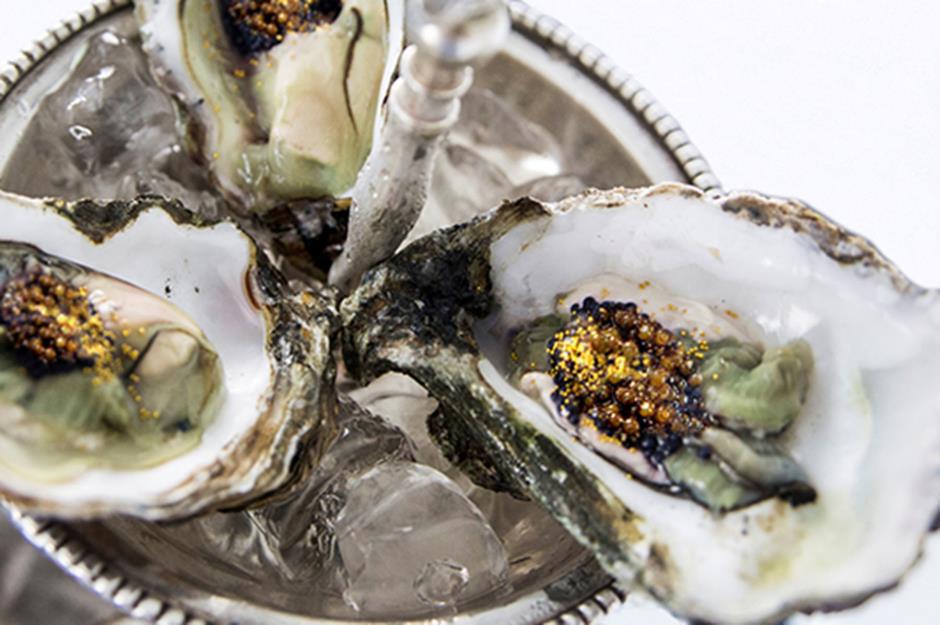
Golden food – trend or taste, is a matter to consider for each individual. Gold, once present, appears today. Today, gold is back, but in a modern form and with more universal uses.
Expensive shine on the plate
For many, gold in the kitchen is primarily a matter of prestige. Dishes decorated with flakes of this precious metal attract attention and become the main attraction of exclusive restaurants. The cost of a dish, for example schnitzel covered with truffle and gold leaf, can be surprising, even in thousands of euros.
Desserts that sparkle
Gold goes perfectly with sweets. Can you imagine a more luxurious cake than this one, decorated with 24-carat gold?
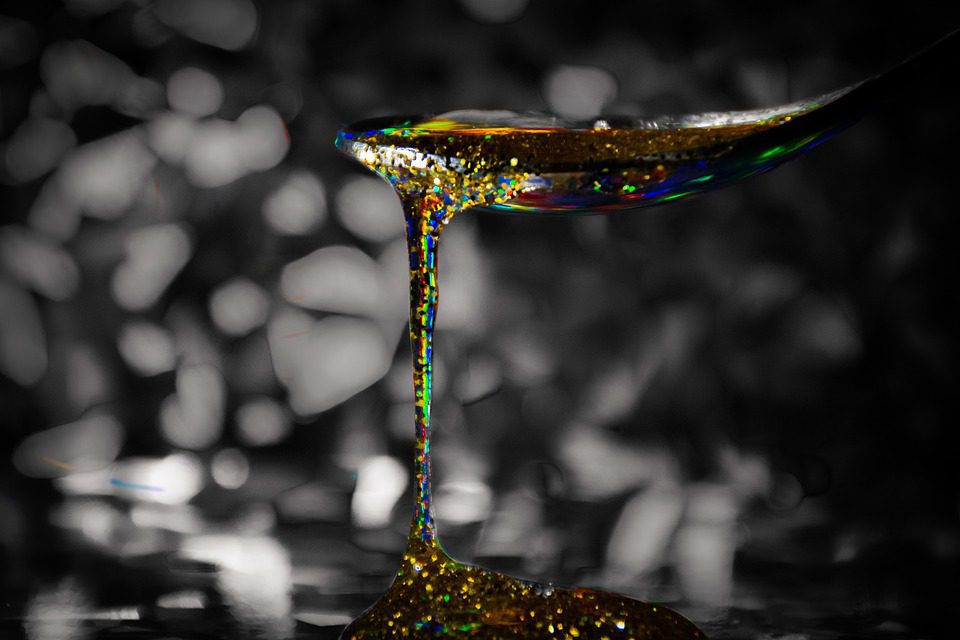
In Dubai, the center of luxury, such confectionery masterpieces reach unbelievable prices, but in Poland gold decorates cakes and desserts, giving them exceptional shine and prestige.
Liquid gold
Cocktails with gold leaf have become a hit in luxury bars. Although the gold powder itself does not affect the taste of the drink, it adds a unique character to it and makes it a symbol of luxury. For many, however, it is not only a matter of aesthetics – gold has positive health properties.
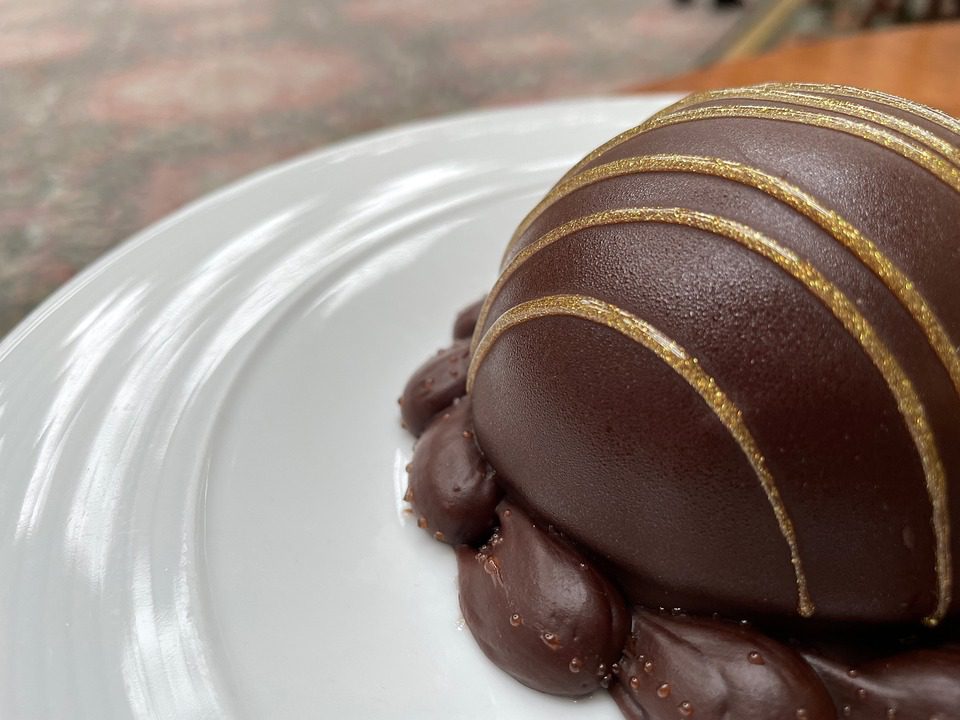
Gold in the kitchen is not only an expression of luxury and prestige, but also a testimony to people’s longing for an exclusive and unique culinary experience. Golden food – a trend or taste, or maybe a simple need for contact with something beautiful? Although the price of dishes with gold may be high, the effect it gives is priceless – dishes decorated with this noble metal become an unforgettable feast for the senses. Is gold in the kitchen a passing fad or a lasting trend? Time will tell, but one thing is certain – gold in cooking has become a part of the history of culinary art forever.



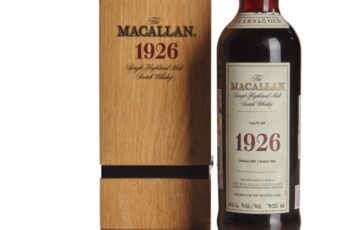

Leave a Comment